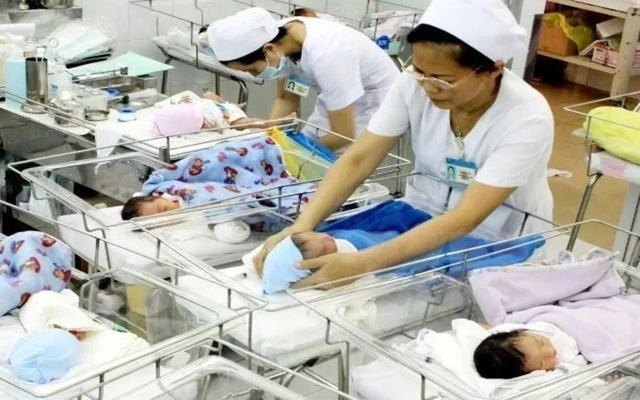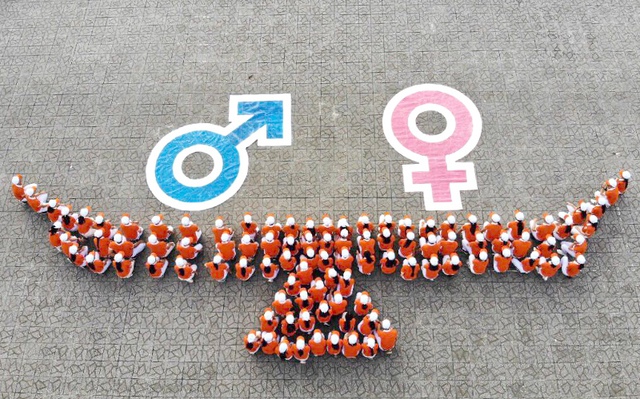Ha Noi acts to prevent sex selection, promote gender equality in 2026–2030
VGP - Ha Noi is stepping up efforts to tackle gender imbalance at birth and strengthen gender equality as part of its newly approved 2026–2030 Plan to Control Gender Imbalance at Birth.

Under the plan of the Ha Noi People's Committee, the capital aims to reduce the annual growth rate of the sex ratio at birth by 0.2 percentage points and bring the figure down to no more than 109 boys per 100 girls by 2030.
The initiative is part of the city's broader strategy to promote social equity, stabilize the population structure and ensure sustainable human resource development.
Stronger actions against sex selection
Ha Noi authorities have pledged stronger measures to curb sex selection practices, enhance awareness of gender equality and improve the value placed on women and girls in society.
Local agencies will intensify legal education and conduct communication campaigns targeting people of reproductive age, especially young couples preparing for marriage. The campaigns will highlight the importance of gender balance, the equal value of both sexes and the long-term consequences of gender imbalance.
Communities—including villages, hamlets and neighborhoods—are encouraged to incorporate gender balance goals into their local conventions, helping to create social norms that discourage son preference. Schools are also urged to integrate gender balance education into their curricula, helping students develop equitable and humanistic perspectives from an early age.
To prevent prenatal sex selection, the city government will tighten inspections of medical and service establishments and require healthcare and cultural service providers to sign commitments banning all forms of gender-based selection.
Risks of continued imbalance
According to Hoang Thi Thom, Deputy Director-General of the Department of Population under the Ministry of Health, Viet Nam could face serious demographic challenges if the imbalance continues. "If current trends persist, the country may have 1.5 million surplus males by 2034 and up to 2.5 million by 2059," she warned.
Viet Nam began experiencing gender imbalance at birth in 2006, when the ratio reached 109.8 boys per 100 girls. Although the growth rate has slowed, the figure has remained around 112 boys per 100 girls since 2013.
In Ha Noi, the imbalance in the sex ratio at birth, or at least maintain the sex ratio at 111.2 boys per 100 girls.
Experts caution that prolonged imbalance could lead to distorted marriage patterns, human trafficking, prostitution and lower social status for women.
Ha Thi Quynh Anh, Senior Advisor on Gender and Human Rights at the United Nations Population Fund (UNFPA), said gender bias and son preference are the primary causes. "In the past, families had many children hoping for a son. With modern technology, some now attempt to select the baby's sex to ensure at least one boy," she explained.

Promoting equality and sustainable development
To address the issue, Viet Nam has implemented a range of policies promoting gender equality, improving the status of women and girls, and banning all forms of prenatal sex selection. The ultimate goal, authorities emphasize, is to build a fair, progressive and sustainable society.
Funding for Ha Noi's 2026–2030 plan will come from the state budget, approved programs and projects, and socialized sources from organizations, enterprises and individuals, in accordance with the law.

